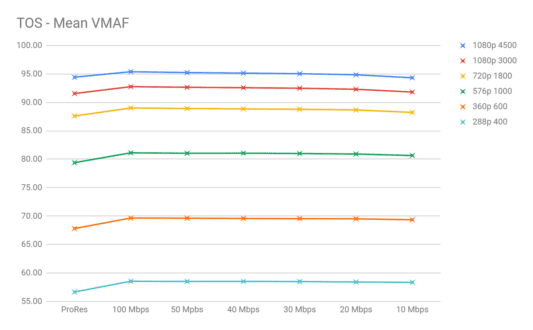When you upload a file to an online video platform (OVP) or user-generated content (UGC) site, the mezzanine file you create will be transcoded into multiple ABR rungs. Given that video is a garbage-in/worse-garbage-out medium, the inclination is to encode at as high a data rate as possible. However, higher data rates increase upload time and the risk of upload failure.
It turns out that encoding a 1080p30 file above 10 Mbps delivers very little additional quality and that ProRes output may actually reduce quality as compared to a 100 Mbps H.264-encoded file. To identify the optimal data rate for mezzanine files, I tested two files, Sintel and Tears of Steel, to two full encoding ladders.
This 13-minute lesson, which will replace the existing lesson in Streaming Media 101: Technical Onboarding for Streaming Media Professionals, reviews the workflows and encoding strings used, as well as reviewing mezzanine file requirements for YouTube, Brightcove, and Vimeo. You can access the video below.
Here’s the lesson.
 Streaming Learning Center Where Streaming Professionals Learn to Excel
Streaming Learning Center Where Streaming Professionals Learn to Excel










